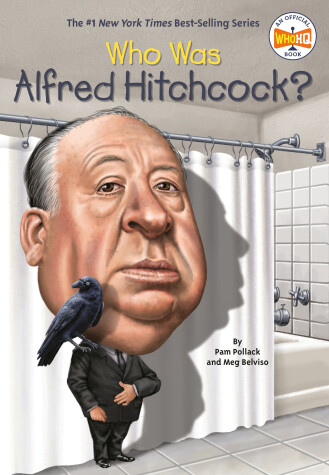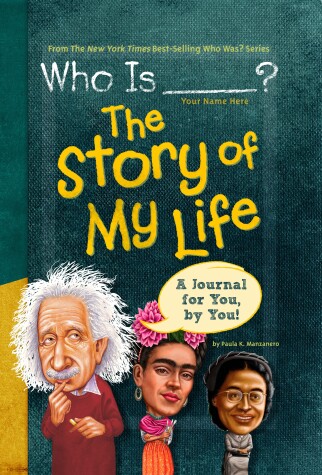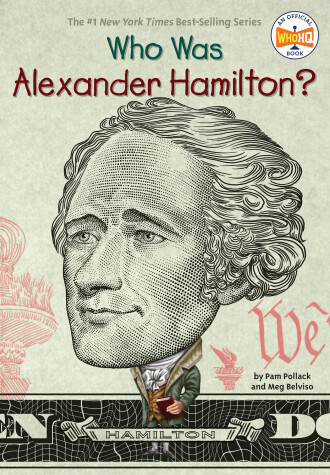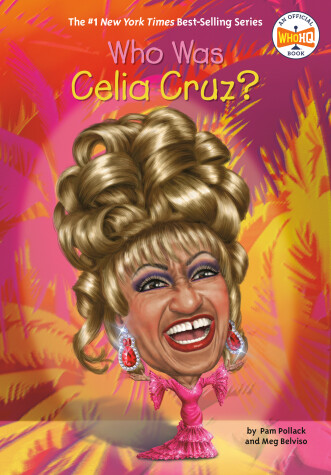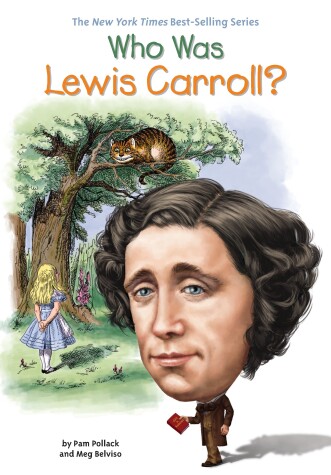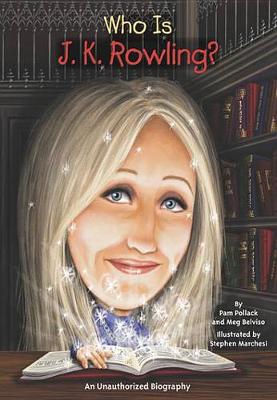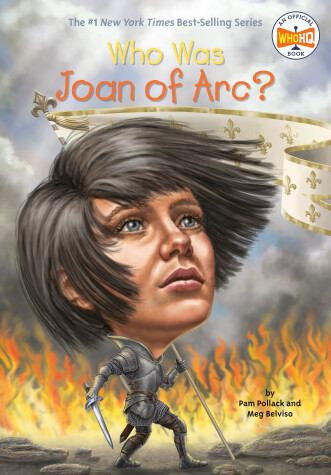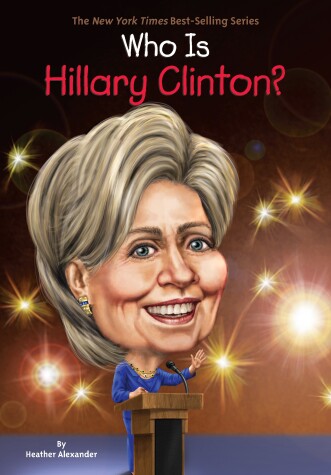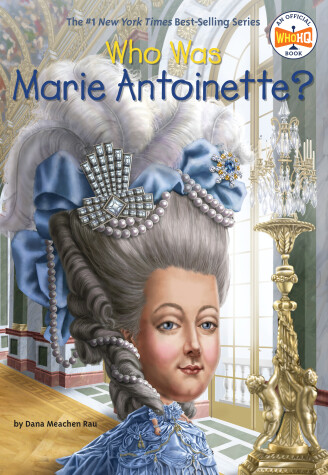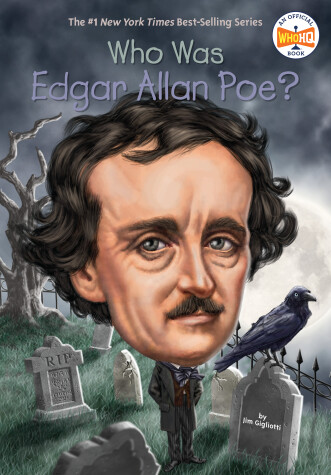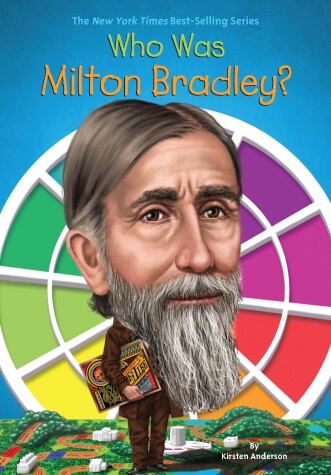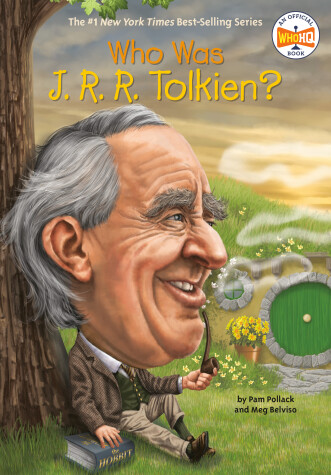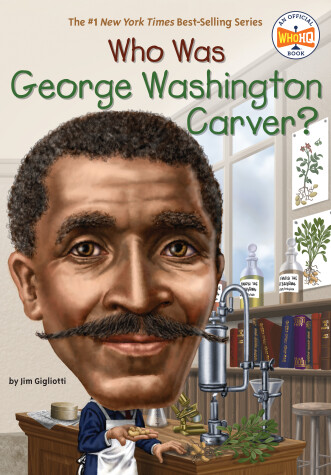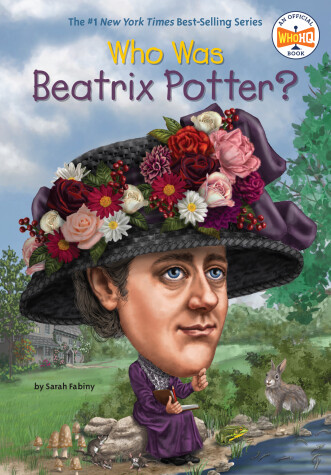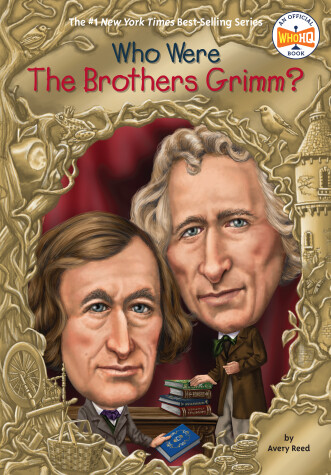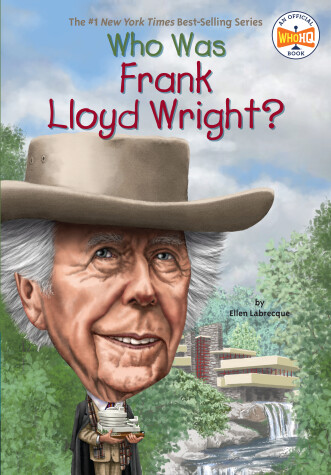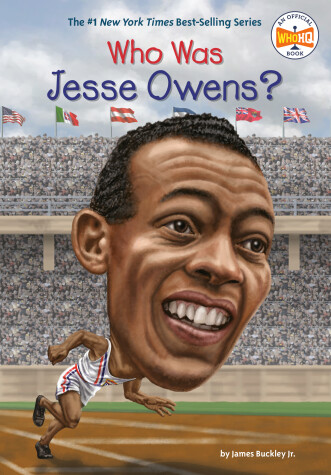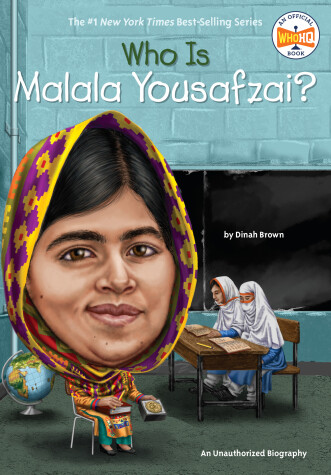Who Was?
35 total works
Born in the British West Indies and orphaned as a child, Alexander Hamilton made his way to the American Colonies and studied to become a lawyer. He joined a local militia during the American Revolution, rose to the rank of Major General, and became the chief aide to General George Washington. After the war, he became the first U.S. Secretary of the Treasury. He founded the Bank of New York and The New York Post newspaper. He served as a delegate to the Constitutional Convention and is also celebrated as a co-author of The Federalist Papers, a series of essays that are still used today to interpret the U.S. Constitution.
The end of his life became a national scandal when he was shot and killed in a duel with then-Vice President Aaron Burr.
Although her family and friends know her as Úrsula Hilaria Celia de la Caridad Cruz Alfonso, the world refers to her simply as Celia Cruz. Starting her career in 1950, Celia grew increasingly popular as the new lead singer of the Cuban band Sonora Matancera. Her exceptional vocal range and flashy costumes made fans fall in love with her.
Celia's talent took her all around the world, including the United States. After Fidel Castro came to power in Cuba, she wasn't allowed to return to her native country. She and other Cubans who were exiled used their music to express their love for their homeland.
Celia rose to the top of the charts in a genre that was dominated by men. She become an award-winning singer and the most popular Latin artist of the twentieth century. Azucar! indeed!
Lewis Carroll is the pen name of Charles L. Dodgson, a mathematician and church deacon, who taught at Oxford University. He was inspired to write his best known works, Alice's Adventures in Wonderland and Through the Looking Glass, by one of the Dean's daughters, Alice Liddell. The books were hugely successful and brought Carroll wide acclaim, especially for the nonsense poems "Jabberwocky" and The Hunting of the Snark.
Children and adults continue to be delighted by the fantasy of the Alice stories, which have been the basis of plays and movies since their publication in Victorian England during the 1860s and 1870s.
In 1995, on a four-hour-delayed train from Manchester to London, J. K. Rowling conceived of the idea of a boy wizard named Harry Potter. Upon arriving in London, she began immediately writing the first book in the saga. Rowling's true-life, rags-to-riches story is as compelling as the world of Hogwarts that she created. This biography details not only Rowling's life and her love of literature but the story behind the creation of a modern classic.
At age fourteen, Hillary Clinton thought it would be thrilling to become an astronaut, so she sent an application to NASA. The reply was a flat out rejection: the space program didn't take women. It was a critical moment for the young girl, one that made her realize the world she lived in needed changing and that she had better try to make those changes happen. Clinton's life has been a thrilling series of firsts—First Lady of the US, then first First Lady to become a US Senator, Secretary of State, and the first woman to run as the Democratic candidate for President. This easy-to-read biography gives readers a firm grounding not only in Clinton's life history but the history of the times in which she's lived. It comes out as she makes her historic run for the White House.
Born in Maine in 1836, Milton Bradley moved with his family to the working-class city of Lowell, Massachusetts, at age 11. His early life consisted of several highs and lows, from graduating high school and attending Harvard to getting laid off and losing his first wife. These experiences gave Bradley the idea for his first board game: The Checkered Game of Life. He produced and sold Life across the country and it quickly became a national sensation. Working with his company, the Milton Bradley Company, he continued to produce board games, crayons, and kid-friendly school supplies for the rest of his life. He is often credited as the father of board games, and the Milton Bradley Company has created Battleship, Jenga, Yahtzee, Trouble, and many more classic games.

